We may earn money or products from the companies mentioned in this post. This means if you click on the link and purchase the item, I will receive a small commission at no extra cost to you ... you're just helping re-supply our family's travel fund.
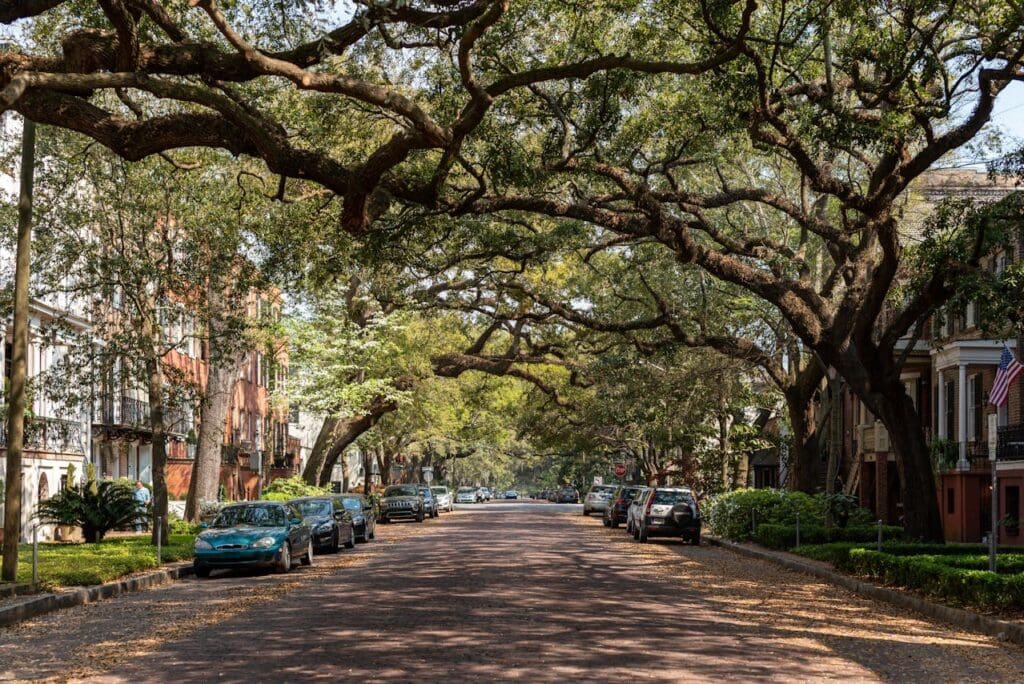
October nights sharpen sound, and old streets answer with creaks, bells, and footsteps that never quite resolve. In many American towns, local storytellers keep vigil, weaving court records, ship logs, and gossip into twilight walks that feel part folklore, part footnote. These tours respect place before spectacle, pausing where lantern light meets brick and live oaks shelter whispers. What this really means is simple. History carries mood as well as dates, and some avenues still hold both like breath.
Jones Street, Savannah, Georgia
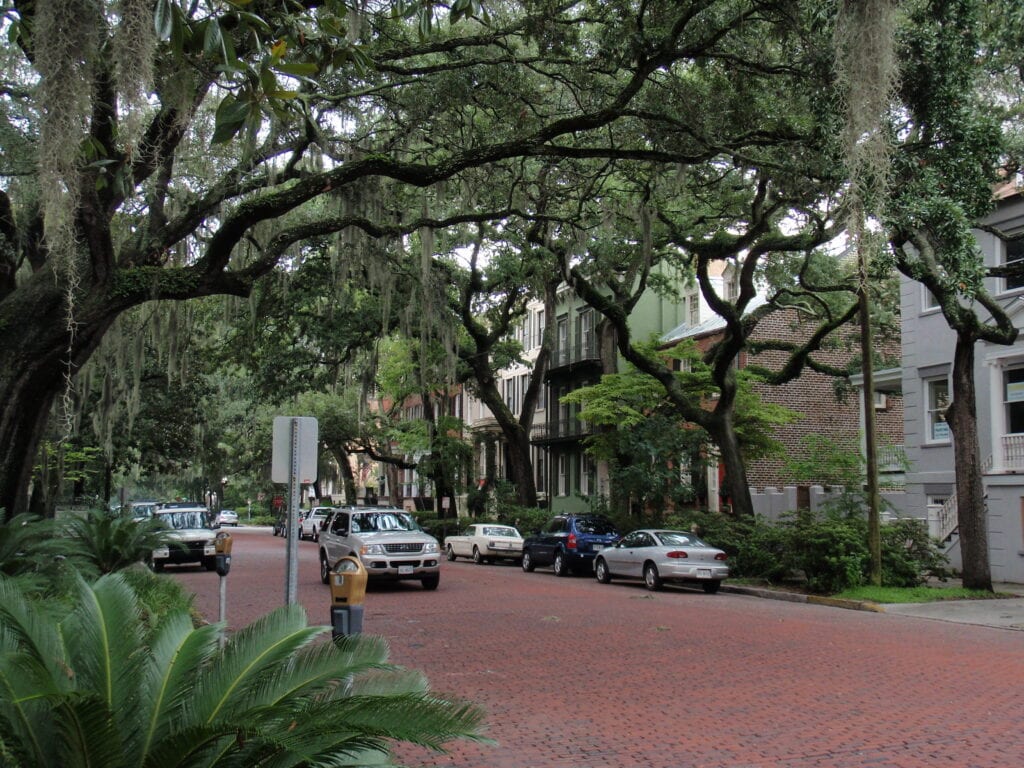
Under live oaks and iron balconies, Jones Street captures Savannah’s soft gloom and tidy bravado. Guides dwell on fires, feuds, and the city’s uneasy truce with its own prosperity, then point to homes where knocks and music reportedly carry through closed shutters. Brick walkways and gas lamps set a measured pace, and the route links parlor legends with documented loss. By the final corner, the quiet feels thick enough to pocket, and the oak canopy seems to lean in to listen.
Royal Street, New Orleans, Louisiana
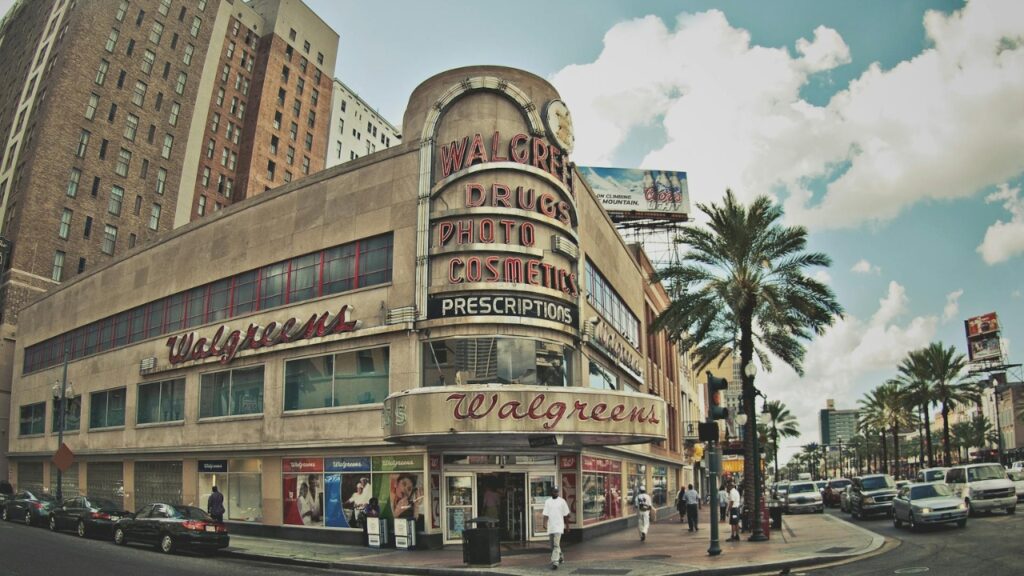
Royal Street trades Bourbon’s noise for balconies, antiques, and courtyards that stage New Orleans at a lower volume. Storytellers stitch together duels, storms, and restless tenants who never settled their tabs with time. Gates open on tiled patios where laughter once turned sharp, and galleries glow like small theaters between tales. Street musicians lay down a steady undersong as groups pass. The Quarter feels layered here, each gallery card and lintel a hint that the past keeps keys.
Church Street, Charleston, South Carolina
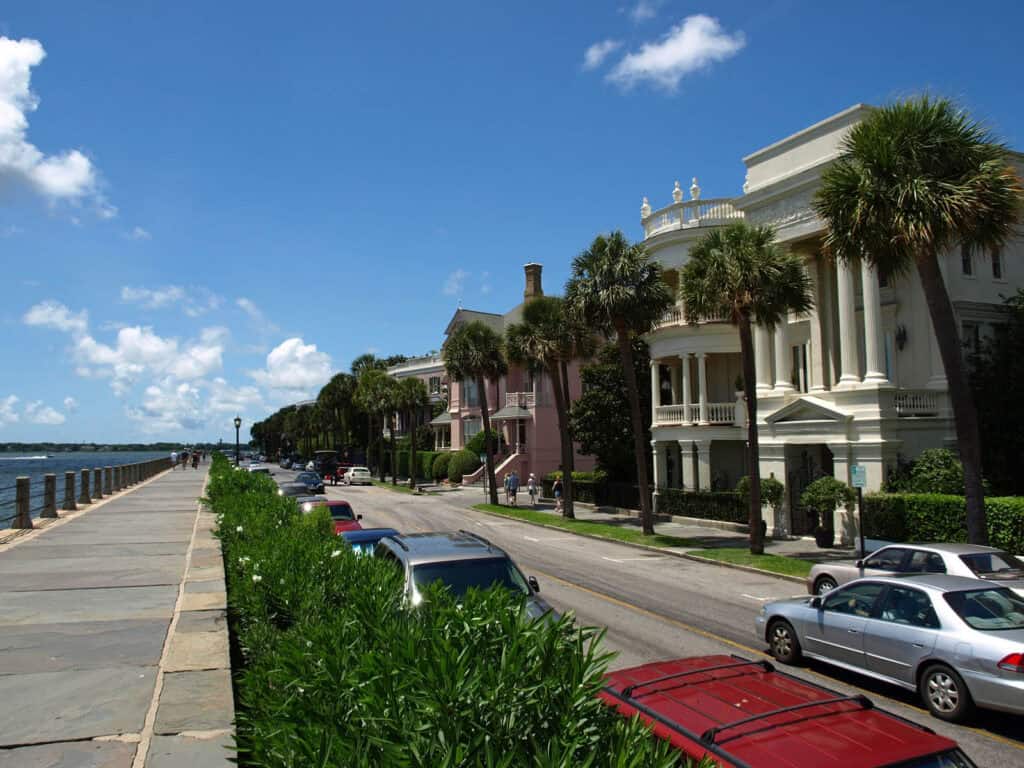
Church Street moves between steeples, gardens, and alleys where the sea air arrives salted with memory. Local guides tug threads from archives and family stories, tracing hurricanes, quarantines, and late lamps that would not die. Walled courtyards hold their own weather, and shells in tabby walls glitter like a warning. Footsteps change on old brick, turning corners into beats. The walk ends near the harbor with gulls calling, and the line between faith and fear feels thin as lace.
Aviles Street, St. Augustine, Florida
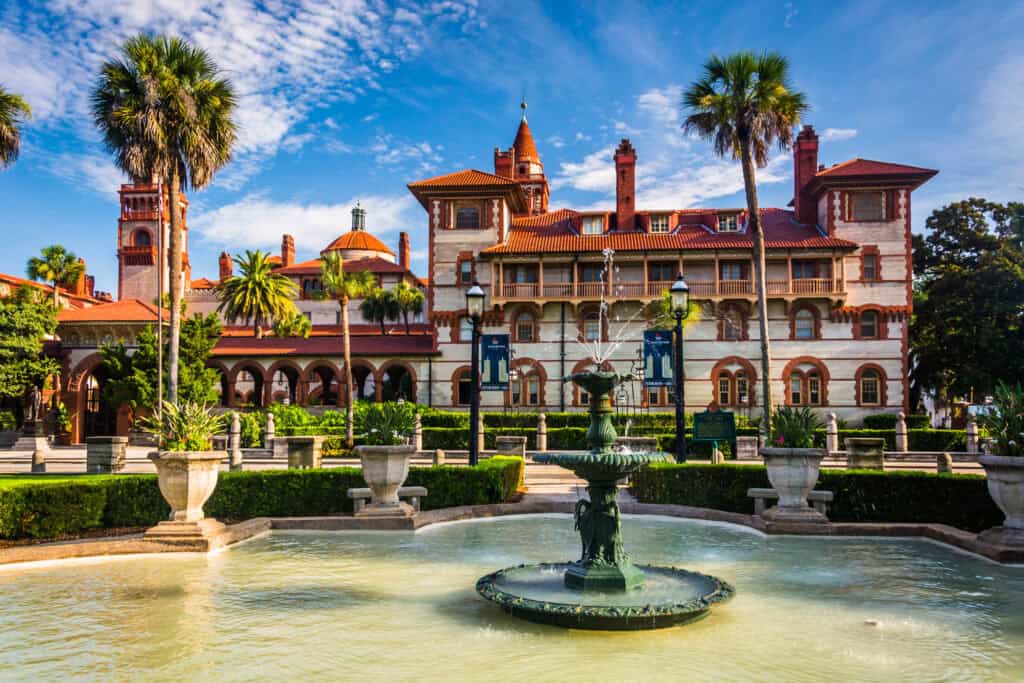
Often called the oldest platted street, Aviles holds coquina walls, galleries, and doorways scaled for earlier lives. Tours here pivot from Spanish rule to sieges, from hospital wards to sailors who stayed past their contracts. Lanterns throw warm circles on coral stone, and every pause finds a doorway with a draft that argues for company. The town’s layers stay visible in street names and rooflines. When the guide lowers a voice, the whole lane seems to step closer.
Essex Street, Salem, Massachusetts
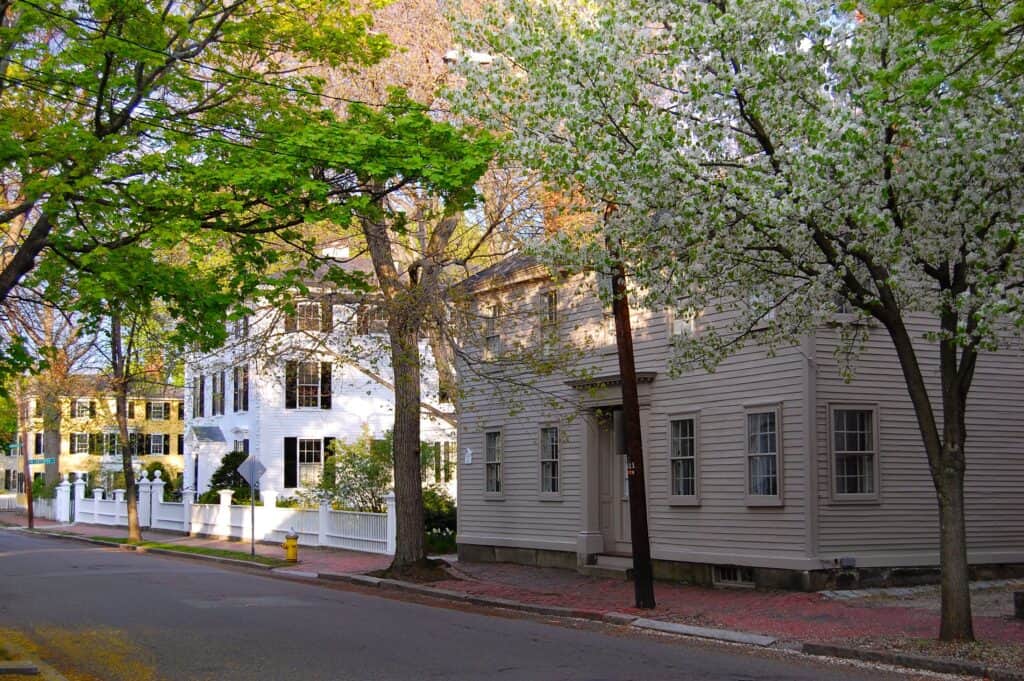
Essex Street balances bookshops and bakeries with the weight of 1692. Storytellers steer gently, pairing court transcripts with quieter griefs, then widen the scope to houses that outlived the panic by centuries. Between brick façades, wind carries the harbor’s salt, and shop windows mirror costumed fun with sober detail. The best guides restore names, not gimmicks, and let silence work when it should. By the end, the street feels like a spine, holding many versions of the same body.
Baltimore Street, Gettysburg, Pennsylvania
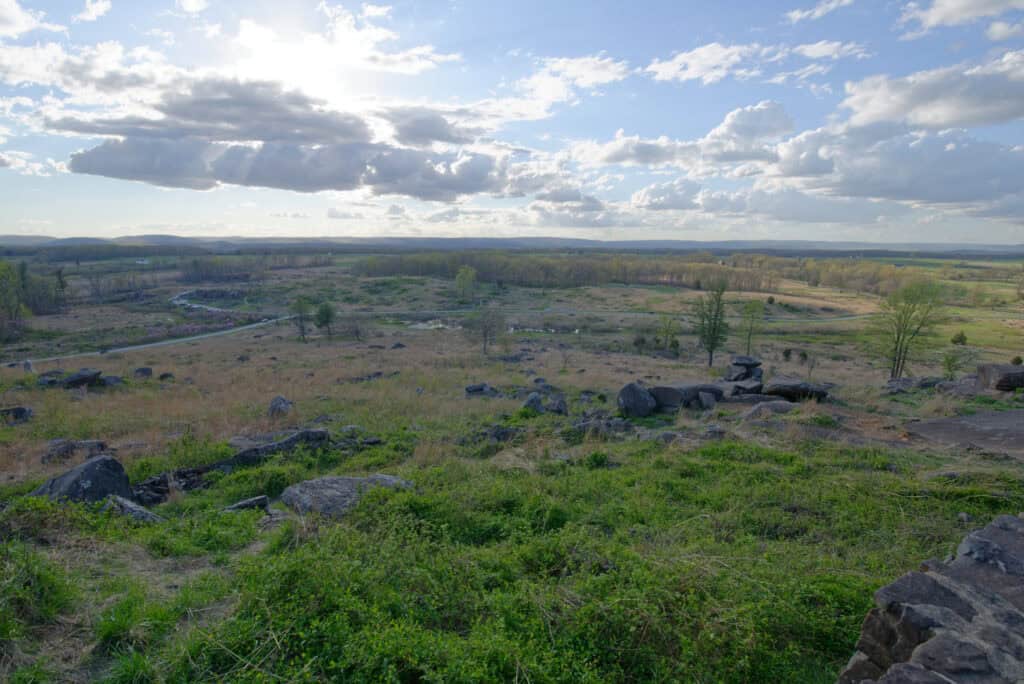
Battle stories own daylight, but after dusk, Baltimore Street turns intimate. Gaslight outlines porches and lintels while guides talk about field hospitals, watch posts, and parlors that doubled as wards. Letters, ledgers, and porch gossip braid into scenes that linger under the eaves. A sudden hush can turn a casual intersection into a stage. The town’s scale helps, because every doorway reads as a witness, and every lamp paints a small, useful frame for memory to stand inside.
San Diego Avenue, Old Town, California
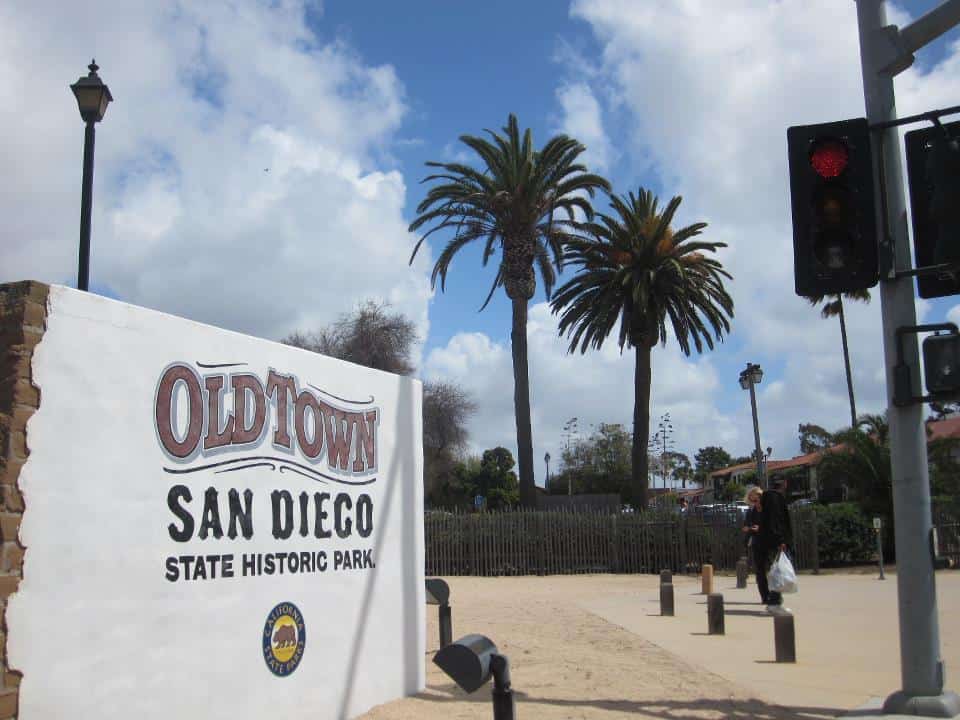
The Whaley House anchors stories on San Diego Avenue, but guides widen the circle to courts, jails, and parlor dramas that shaped the plaza. Adobe walls breathe cool, and pepper trees etch the air with scent while lanterns push back just enough night. The talk is pragmatic as often as haunted, grounded in deeds, droughts, and paperwork with sharp edges. Coyotes call above the freeway’s hum, and the route closes with a courtyard that holds its shadows well.
Duval Street, Key West, Florida
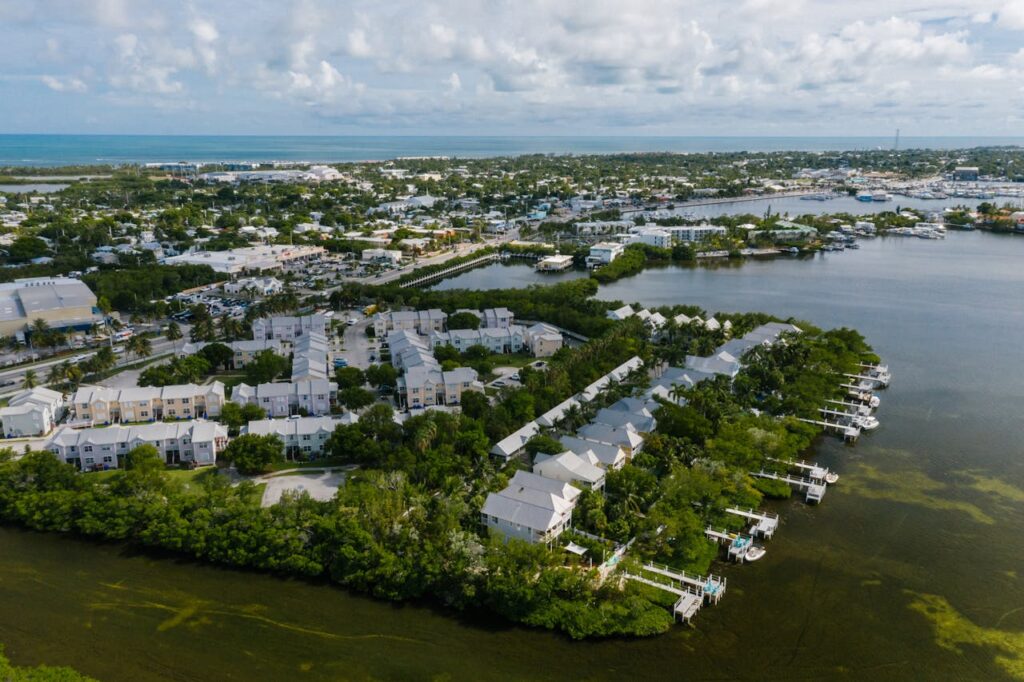
Duval runs from ocean to gulf with porches, mansions, and bars that learned to live with the night. Storytellers set shipwrecks beside weddings, giving equal time to caretakers, captains, and the occasional guest who never quite checked out. Conch houses lean into the breeze, shutters flicker, and chickens stitch the gaps with commentary. Neon floods the corners, yet side gardens keep their dark room stillness. The island’s humor stays close at hand, even when the hair lifts.
Elfreth’s Alley and Old City Lanes, Philadelphia, Pennsylvania
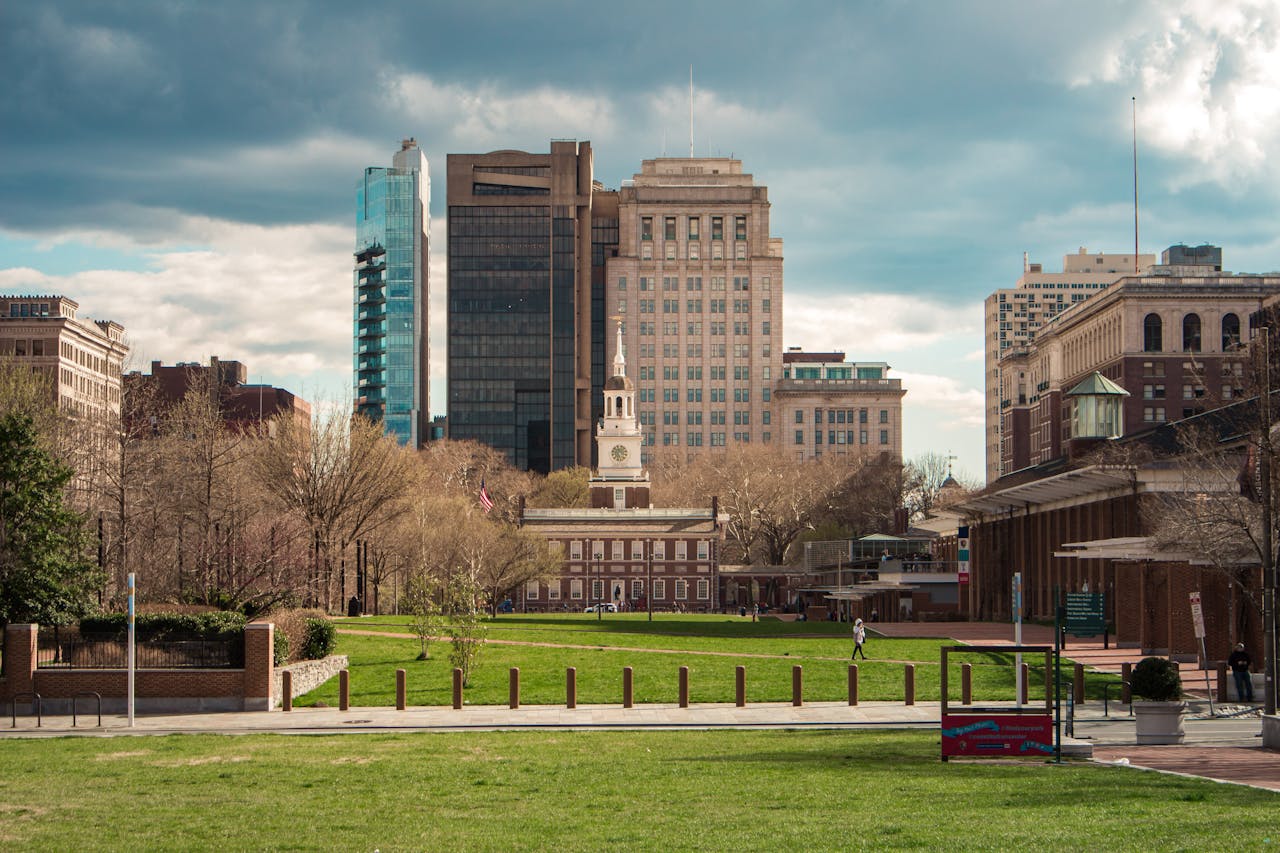
Elfreth’s Alley narrows to a whisper, and the guide’s voice follows suit. Brick, shutters, and Flemish bond turn a lane into a book spine, while nearby alleys add chapters on printers, meetings, and strikes. Ghost talk lives beside fire codes and maps, a balance that suits a city that files things well. A single candle can reset the mood, and a hinge squeak makes a perfect cue. By Market Street, the present returns briskly, but the echo lingers.